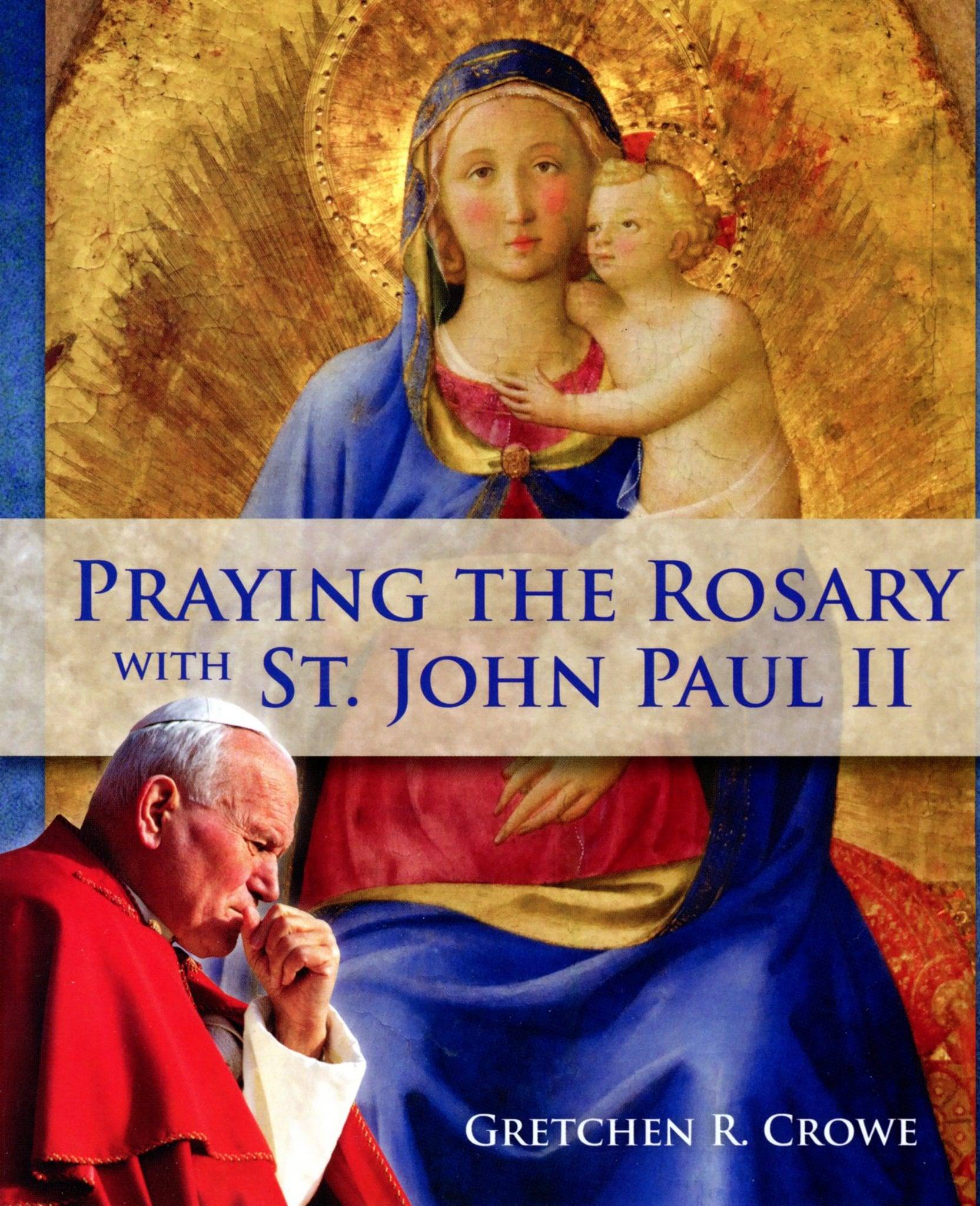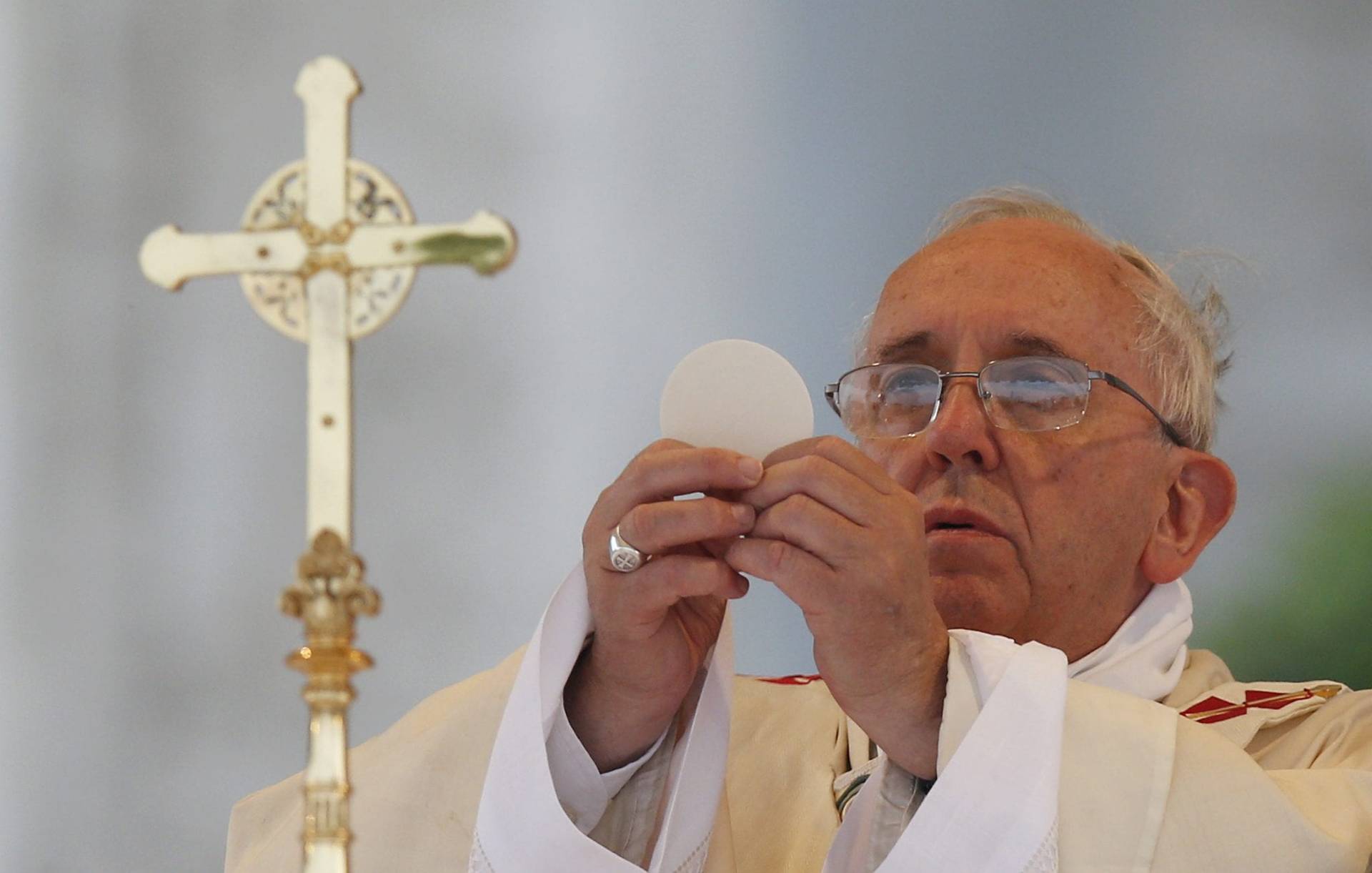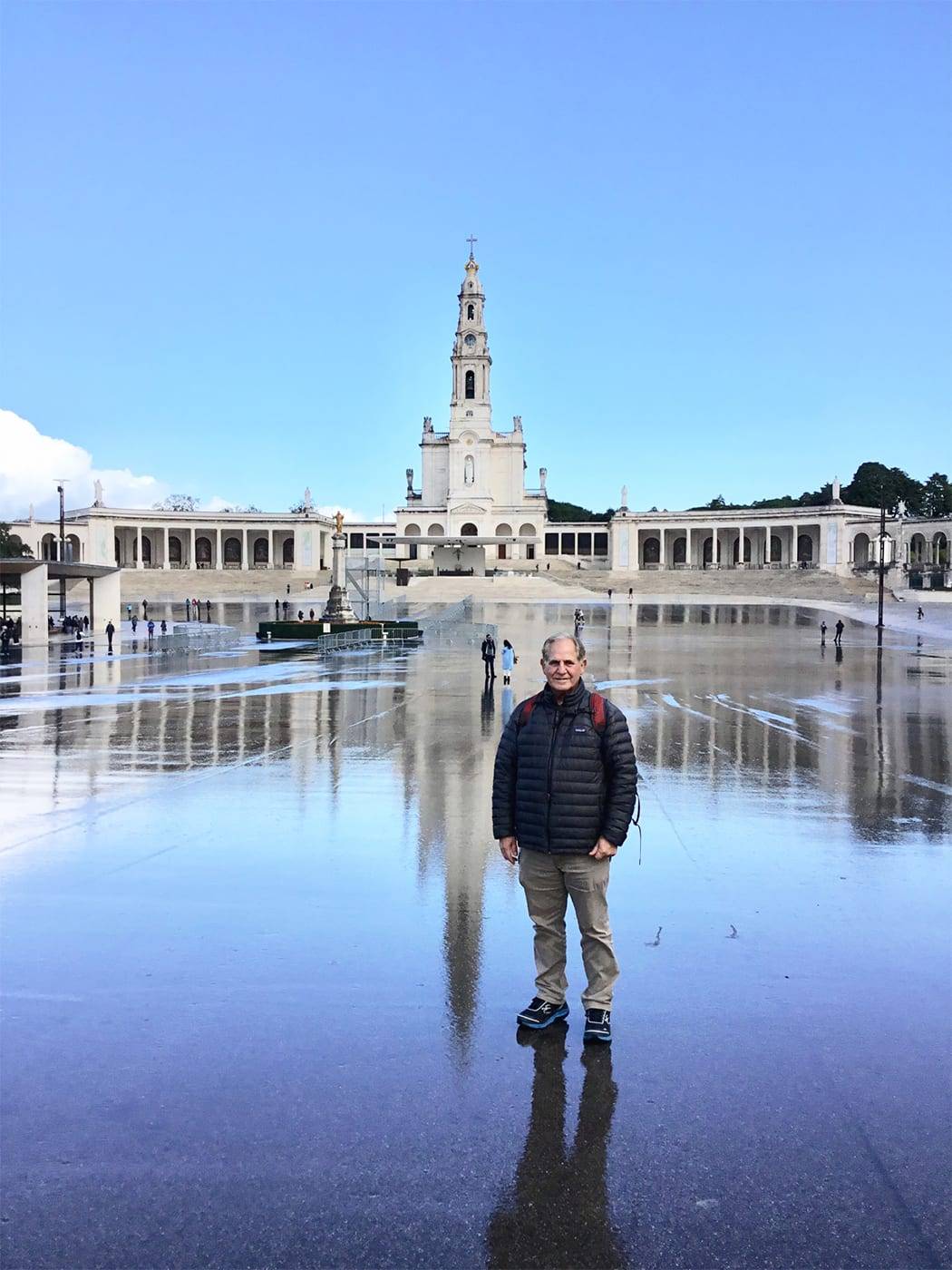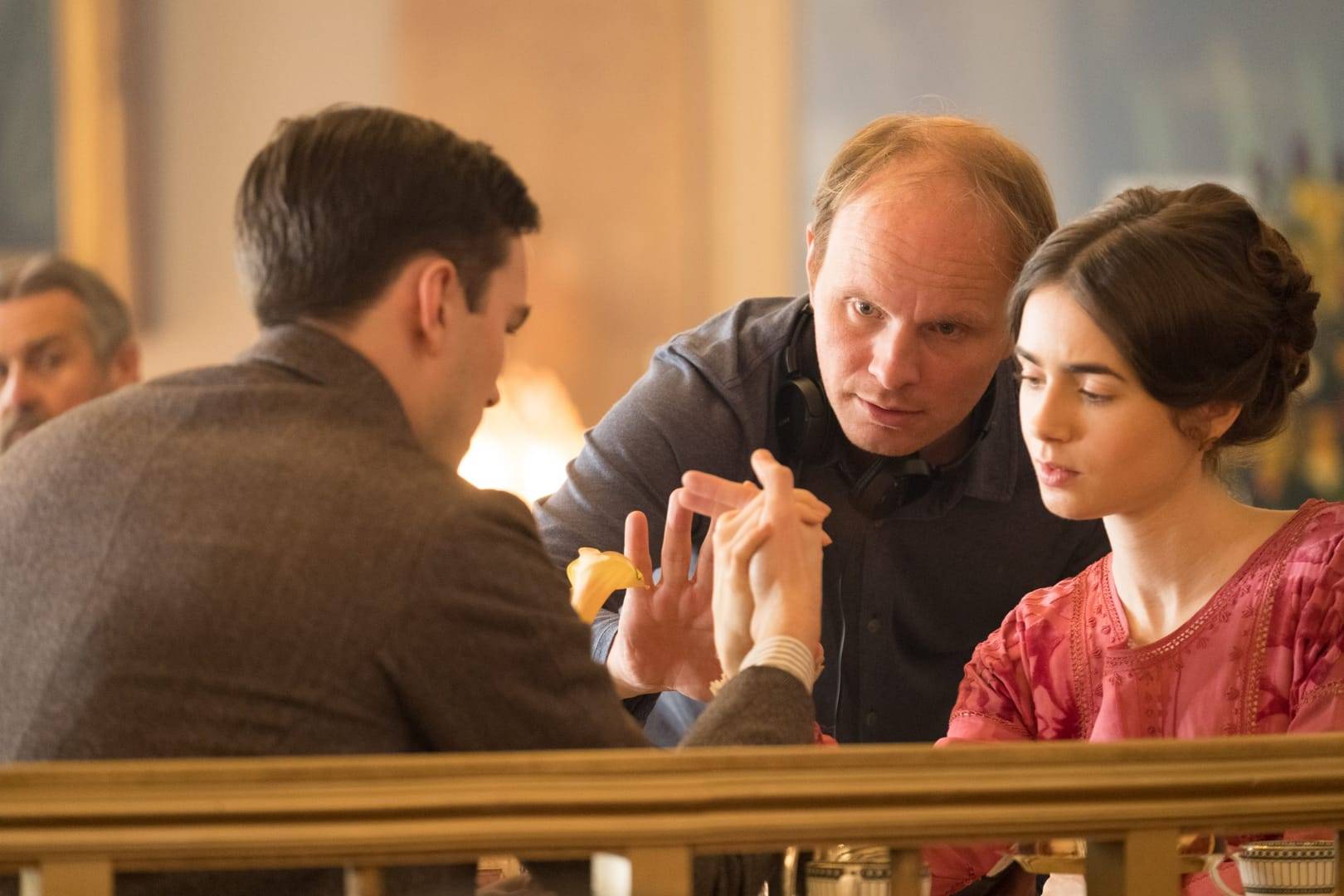Imagine the scene. Silence. Church lights dim. On the altar table and the floor and steps around it, dozens of candles flicker, some atop pillars of pink and purple, the Advent colors.
In pews, 50 or 100 or maybe hundreds of worshippers hold their own candles, long and slim, then light each others’ one by one until the church is alive with even more candlelight. They chant together, slowly repeating a single line over and over as they rise and carry candles toward the altar, adding their own flames to the ones already burning.
Returning to pews, worshippers then sit in silence just beholding this magical scene: hundreds of small flames on and around the altar like a sunburst in shadowy darkness. There is no other light. There is no sound save the occasional cough. And nothing moves, save the flames, which dance.
This is a Taizé prayer service.
“It is a time to rest in God, to let the words listened to and sung penetrate one’s being.” So says Brother John, a Taizé monk, in lectures and writings explaining what the service is all about.
There is no preaching, no teaching, no talk of sin or repentance or forgiveness. There is just this elegantly simple service: short chants, often in Latin, repeated over and over in the dark. Plus some short Scripture readings or psalms. And silence, at least 8 or 10 minutes, sometimes more. In 45 minutes, it’s over.
For decades now, Taizé prayer has been gaining popularity in Catholic and Protestant churches, particularly at Advent. Monday I was in the congregation at St. Ignatius of Loyola on the Boston College campus. The parish has offered Taizé prayer weekly during Advent for years now. So have Catholic colleges around the country and the world.
Taizé prayer is the creation of a monastic community in Taizé, France, founded in the 1940s by a Swiss man known as Brother Roger. The brothers there are celibates who emphasize service and ecumenicalism, particularly reconciliation between divided peoples and divided Christians. Brother Roger was especially interested in bringing Catholics and Protestants together.
Surprisingly, the Taizé community has also brought together young people — teens to 30-somethings — not the age that typically flocks to church, any church. But flock they do to the Taizé community, which claims 100,000 young pilgrims every year. They work, farm, cook, and pray together three times per day in the Taizé style.
“The simplicity of life seems to offer a refreshing change to young people who come from societies that are drowning in excess, where nothing ever stops, where there is no time to just be, and be together,” says Brother John.
The silence of Taizé prayer may not seem like a big hurdle to mature contemplatives, he says. But to the average churchgoer and especially younger pilgrims, the idea of prolonged silence can seem daunting. “When does the noise ever stop in our society? What pastor would dare to include eight minutes of silence at Sunday Mass?” the brother asks. Yet when 5,000 young visitors pack the church of Taizé, he says, “you can hear a pin drop.”
You could hear a pin drop as well on Monday night at St. Ignatius. Dozens and dozens of us sat side by side in stillness. Together we chanted, “Wait for the Lord, Whose Day is Near.” Together we chanted “Confitemini Domino, quoniam bonus” (which translates: Give thanks to the Lord, for he is good). We heard a reading from St. Paul to the Romans, “the Spirit too comes to the aid of our weakness; for we do not know how to pray as we ought.” For 45 minutes we sat in shadow and stared at fire, some staying long into the night after the 8 p.m. closing prayer.
On a very practical level, it was a calming, quieting, welcome respite from the craziness of this white-knuckle holiday season. On a spiritual level, it was transporting, almost mystical. Then it was done. We got into our cars and drove home, bringing a remembrance of this peace, at least for a little while, into our lives.
“One passes through Taizé as one passes close to a spring of water,” said Pope John Paul II when he visited the Taizé community in 1986. As Archbishop of Krakow, he had visited Taizé twice. As pope, he told the throngs of young people who, by the 1980s, regularly filled the place, that at Taizé, “the traveler stops, quenches his thirst, and continues on his way. The brothers of the community, you know, do not want to keep you. They want, in prayer and silence, to enable you to drink the living water promised by Christ, to know his joy, to discern his presence, to respond to his call, then to set out again to witness to his love and to serve your brothers and sisters.”
















